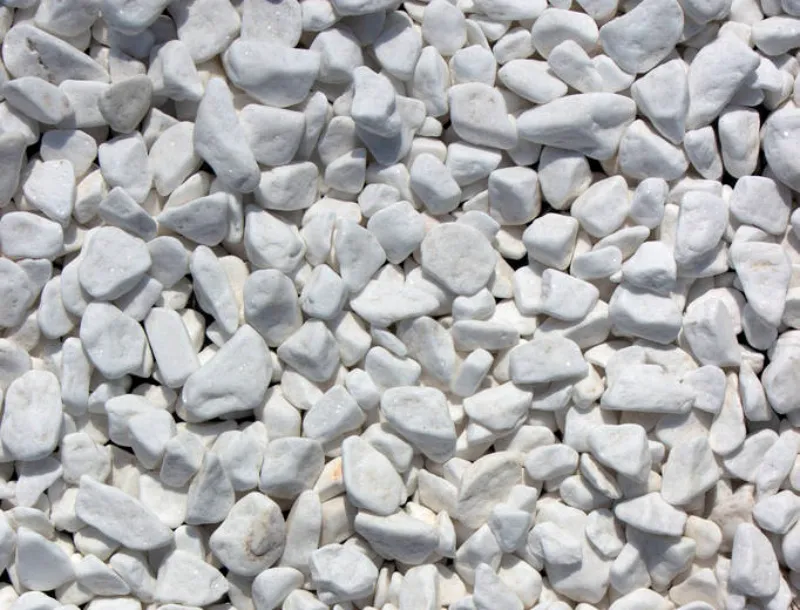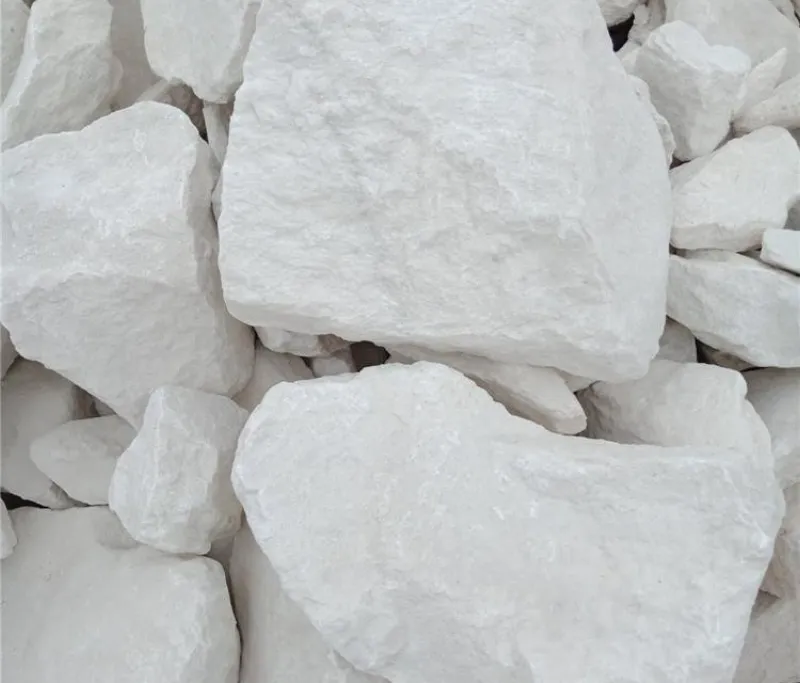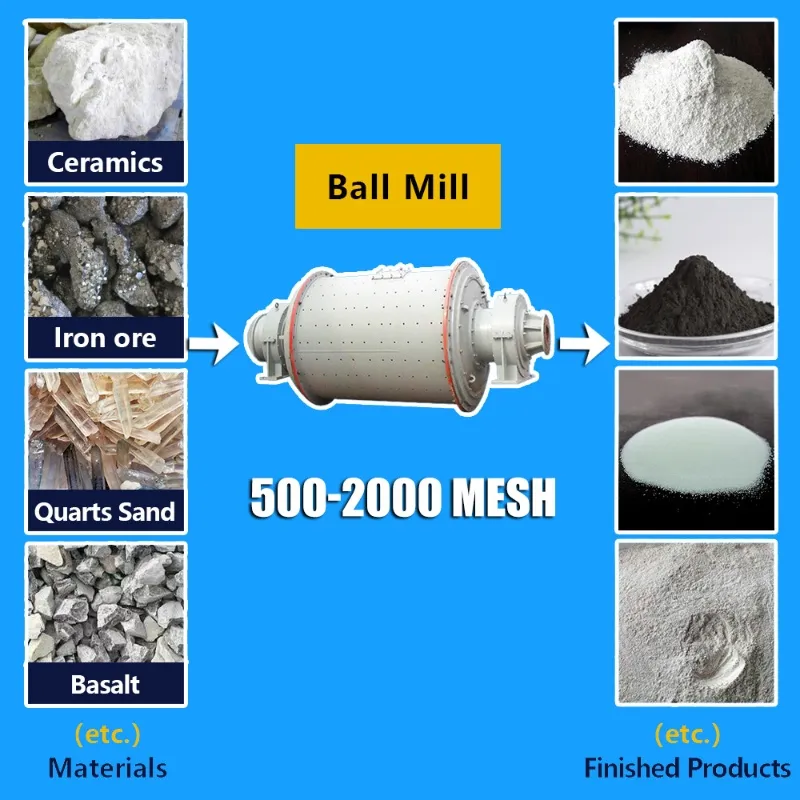Marble is a widely found metamorphic rock, primarily composed of calcite (calcium carbonate, CaCO₃), which makes it a key material in marble used in calcium carbonate production. Some varieties also contain dolomite (calcium magnesium carbonate, CaMg(CO₃)₂), while a few may have minor minerals such as quartz, mica, and tremolite.
Based on its mineral composition, it can be categorized as follows:
- Calcitic marble: calcite content >90%, the most common type (e.g., white marble).
- Dolomitic marble: dolomite content >50%, with lower calcite content (e.g., some beige marble).
- Impregnated marble: containing impurities such as quartz and iron oxides, which may exhibit unique colors or properties (e.g., red marble containing hematite).

It is particularly important to note that, as a raw ore for powder processing, the mineral composition and properties of marble are closely linked to the properties of the powder. The physical and chemical properties of marble are directly determined by its mineral composition.
Hardness
Calcite has a Mohs hardness of 3, while dolomite has a Mohs hardness of 3.5-4. Therefore, dolomite-type marble is slightly harder and more wear-resistant.
Marble containing impurities such as quartz (Mohs hardness 7) significantly increases its hardness, but may also increase its brittleness.
Corrosion Resistance
Calcite reacts readily with acid, so calcite-type marble has poor acid resistance and is not suitable for outdoor use or in acidic environments. Dolomite, on the other hand, reacts more slowly with acid, making it slightly more acid-resistant.
Color and Luster
Pure calcite or dolomite is white. Impurities (such as iron, manganese, and carbon) can result in colors such as red, yellow, gray, or black (e.g., carbon-containing black jade marble).
The compactness of mineral particles affects luster: finer and denser particles produce a stronger surface luster (glassy or oily).
Marble powder is obtained by crushing and grinding raw ore. Its properties are closely related to its mineral composition and processing.
Powder Purity

The CaCO₃ content of calcite-type marble powder is typically greater than 95%. Dolomite-type marble powder is primarily composed of CaMg(CO₃)₂. Impurities can reduce powder purity. For example, the presence of quartz can reduce the powder’s whiteness and dispersibility.
Particle Size and Particle Size Distribution
Mineral hardness affects grinding efficiency: Dolomite has a higher hardness, so under the same processing conditions, the powder particle size may be slightly larger. Calcite is easier to grind, making it easier to obtain ultrafine powders (e.g., D50 < 5μm).
Particle shape is determined by the mineral’s cleavage: Calcite has three sets of complete cleavage, resulting in angular powders. Dolomite has less pronounced cleavage, resulting in particles that are more irregular and blocky.
Surface Properties
Calcite powder has a highly hydrophilic surface (due to its calcium content readily binding to water). Dolomite powder has a slightly lower surface polarity, making it more susceptible to surface modification (such as coupling agent treatment) to improve compatibility with organic materials.
Impurities (such as iron oxides) can reduce the powder’s whiteness.
This affects its application in coatings, plastics, and other applications. (For applications requiring high whiteness, high-purity calcite powder is preferred.)
Application Performance
High-purity calcite powder, due to its high whiteness and low cost, is often used as a filler in papermaking and coatings to improve product gloss and strength. Due to its slightly superior acid resistance, dolomite powder can be used in some building materials requiring corrosion resistance (such as lightweight partition boards).
Powders containing ultrafine particles (particle size <1μm) have a large specific surface area and can serve as both fillers and reinforcements in rubber and plastics (improving material toughness).
Conclusion
Understanding and utilizing marble reveals that its mineral composition is the core foundation. The ratio of calcite to dolomite determines the hardness, corrosion resistance, and other properties of the raw ore. The hardness, cleavage, and purity of the mineral further influence the powder’s particle size, shape, surface properties, and application scenarios.
Epic Powder
Understanding the mineral composition of marble is crucial for optimizing its use in various applications, especially for marble used in calcium carbonate production. Epic Powder’s advanced grinding and classification equipment offers tailored solutions for efficiently processing calcite and dolomite-type marble, ensuring precise control over particle size, shape, and purity. By leveraging cutting-edge technology, Epic Powder enables the production of high-quality marble powder for a range of industries, including coatings, plastics, and construction materials. This makes Epic Powder a key partner in enhancing the performance and versatility of marble-based products.
